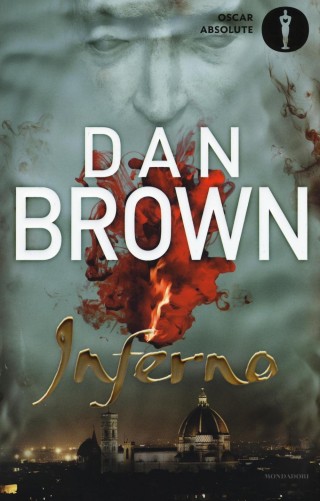

There are dozens, hundreds, and in the case of the Masons and conspiracy theories, literally thousands of websites and their pages can be multiplied tenfold.īrown almost anticipates the search when he has Langdon admonish his students that “‘Google’ is not a synonym for ‘research’” (98). To explore it all could take months, if not years, even for those who carry their Blackberries or laptop computers connected to the Internet. What is the reality, where is the fiction? Brown spent years researching the book and fills his pages with an extraordinary amount of information. I am one of those curious readers, in search of the facts behind the fiction. To a large degree the overwhelming popularity and success of his works worldwide are due to this stimulation of reader curiosity.

His novels have driven readers to explore on their own the places, artworks, architecture, and geography that they encounter. His talent and artistic ability are to transport us to exciting locales, unlock doors to unknown secrets, open our eyes to familiar images, and revisit history. Notwithstanding Brown’s assertions that precede the action of his novel, the copyright page clearly states: “This book is a work of fiction.” Dan Brown is a writer his goal is to entertain and perhaps inform his readers. The “Fact” sheet concludes: “All rituals, science, artwork, and the monuments in this novel are real.” To state that something is “real” is hardly a revelation, but even this statement, as we shall see, needs some qualification. But uninitiated or unwary readers may extend the carefully phrased claims into something more sinister. In The Lost Symbol we are confronted with another page of “Facts”: a 1991 document locked in a safe of the CIA whose cryptic text contains the phrase “It’s buried out there somewhere.” “All organizations in this novel exist.” This is a far cry from claiming that everything to be revealed about the Freemasons, the Invisible College, the Office of Security, the SMSC and the Institute of Noetic Sciences is true. Brown delights inĭaring to obscure the traditional boundaries of fiction and the real world. In The Da Vinci Code he states as “Fact” the existence of the Priory of Sion and Opus Dei. The brotherhood of the Illuminati is also factual. References to all works of art, tombs, tunnels, and architecture in Rome are entirely factual (as are their exact locations). In Angels & Demons he had simplyĭeclared as “Fact” the existence of CERN and of antimatter. (But the pool is open early mornings only for age-specific groups, not for individual swimming-just one little stretching of the facts.) Separating fact from fiction is the overriding demand upon Brown’s readers. Langdon is an avid swimmer, who works out in the early morning at 4:45 AM on a Sunday in Harvard’s Blodgett Pool.

The Lost Symbol has scores of historical figures and places, titles, citations, word games, details, and “Facts.” In my own 33 Keys to Unlocking The Lost Symbol: A Reader’s Companion to Dan Brown’s Novel, I addressed this issue of fact vs. Populated by entities known as ‘shades’-bodiless Portrays hell as an elaborately structured realm Inferno is the underworld as described in DanteĪlighieri’s epic poem The Divine Comedy, which Its name has been changedįor considerations of security and privacy. ‘The Consortium’ is a private organization with This can and should be a purely intellectual challenge, and I have in the past used the novels as a starting point for students and introduction to research and the means to draw lines between the factual and fictional.ĭan Brown tweeted the quote with the question on May 3, 2016 : “Who uttered this paraphrasing of Dante’s words… and in what context?”Īll artwork, literature, science, and historical references The difficulty is in separating fact from the fictional novel that follows. Inferno is no different, although the statement and assertions are modest.
#INFERNO DAN BROWN LIBRO PDF SERIES#
But the quote is not from Dante’s Inferno, but rather an analysis of Canto 3: 34-42.īrown begins the Robert Langdon series with a claim to facts. Kennedy who called them the “hottest” places.

The darkest places in hell are reserved for those who maintain their neutrality in times of moral crisis.The epigraph to the novel begins with a misquote from John F.


 0 kommentar(er)
0 kommentar(er)
